Kramer PIP-4 Manual
Læs gratis den danske manual til Kramer PIP-4 (34 sider) i kategorien Ikke kategoriseret. Denne vejledning er vurderet som hjælpsom af 15 personer og har en gennemsnitlig bedømmelse på 5.0 stjerner ud af 8 anmeldelser.
Har du et spørgsmål om Kramer PIP-4, eller vil du spørge andre brugere om produktet?

Produkt Specifikationer
| Mærke: | Kramer |
| Kategori: | Ikke kategoriseret |
| Model: | PIP-4 |
Har du brug for hjælp?
Hvis du har brug for hjælp til Kramer PIP-4 stil et spørgsmål nedenfor, og andre brugere vil svare dig
Ikke kategoriseret Kramer Manualer
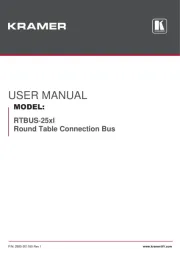

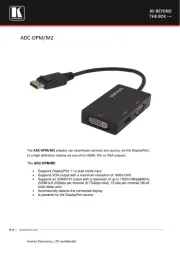
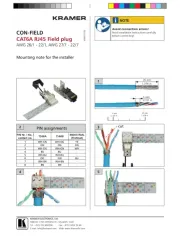

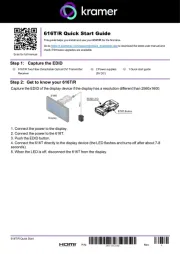
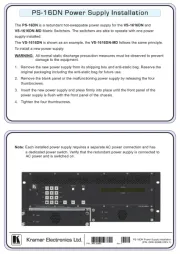

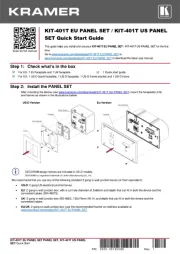
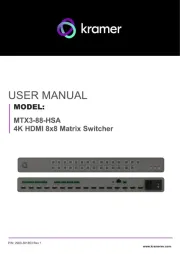
Ikke kategoriseret Manualer
- Seaga
- Graupner
- Ampeg
- Artecta
- Howard Leight
- Pocketalk
- Scheppach
- Helight
- HomeCraft
- Khind
- Dupla
- SMARTLINER
- Connect IT
- Etekcity
- FED
Nyeste Ikke kategoriseret Manualer









